A mega early release for you Substack fans! This video won't be going up on YouTube until 14th June, the last day of shipping for the Z80!
Today's story is a homage to one of the world's best loved 8-bit processors, which began its life in 1976 and ends, some 48 years later.
If you've ever owned a Game Boy a Sega Master System or perhaps a home computer like the ZX spectrum, Amstrad CPC, a Tandy TRS-80, an MSX or even a Texas Instruments graphing calculator or a Commodore 128 then you'll probably already be acquainted with the Z80 processor whether you know it or not, as it was a major part of all of these machines.
The Z80 has also been in thousands of systems you've probably never seen, including as a microcontroller in industrial control systems in factories, farms and even outer space.
In April of 2024, Zilog's now holding company, Littelfuse put out a memo stating that as of June 14th 2024, there would be no more orders of the Z80 accepted.
The Z80 processor has a wonderful, colourful past that will bring a smile to many kids of the 80s and 90s, so strap in and get acquainted with this chip that we owe a heck of a lot of gratitude to.
SCENE 1
The year is 1971. An Italian-American, Federico Faggin was working for Intel and had just finished working on the 4-bit integrated chip, the 4004. It was arguably the first mass-market integrated circuit, central processing unit.
Everything before then used discrete logic chips. Although the 4004 mainly saw life as being the CPU in calculators, the follow-up processor, the 8008 and most importantly the 8080 which was released in 1974, and also designed by Faggin was a lot more widely used.
The 8080 is often credited with kicking off the microcomputer industry, being the base for machines like the Altair 8800 and the IMSAI 8080. It certainly led to one Gary Kildall creating the popular operating system, CP/M. Check out my documentary series on Digital Research and Gary Kildall, the man that could have been Bill Gates for more on that!
Whats more, the 8080 directly influenced the x86 architecture which we still use today in our Intel and AMD based computers.
Between 1973 and 1975, a recession was hitting the USA hard, and Intel had been laying off staff. More frustratingly for Faggin, he felt that Intel had not taking its microprocessor market seriously. They saw microporessors as a gateway product to sell more of their high margin core products, which were RAM and ROM chips.
Over the following year, Faggin, saw some of his peers over at Motorola that designed the popular 6800 chip leave and start a new company, MOS Technology, which would release, to great fanfare in 1975, the cheaper, simpler 6800 called the 6502, which eventually became the beating heart of many popular computers such as the Apple II, but more on this in a moment.
Seeing this, and the lack of investment in microprocessors, Faggin grew restless at Intel and so by October 1975, he left with a number of his Intel
colleagues to start his own chip company, which would eventually become known as Zilog.
Faggin and ten other staff, saw to create a chip that would be software compatible with the Intel 8080, but have several enhancements over Intel's chip, and more importantly, sell at a cheaper price than its OG brother.
An industry newsletter did an article on Zilog in 1975 and this caught the attention of the technology arm of Exxon, and despite the difficult financial climate, Exxon saw the promise of Faggin's new business and offered $500,000 seed funding in June of the same year, which is the equivalent to approximately $3 million USD in 2024.
Between Faggin, Masatoshi Shima and Ralph Ungermann, the high level design of what would become the Z80 was developed, with the final prodution mask being completed by January 1976.
Faggin approached Mostek to fabricate the chip initially until Zilog were able to fabricate the chip themselves. Initial samples were given to Zilog from Mostek in March 1976 before being officially launched in July 1976, selling at a price of around $25 USD. In around 1 year, the chip had gone from concept to fully delivered product, which is fast for 2024, but insane for 1976. A true testament to Masatoshi Shima's capability to convert logic concepts into physical design in realtime. All of this had to be painstakingly hand drawn on tape layers: this was all before any computer aided chip design capability really existed.
The new chip had an enhanced instruction set over the Intel 8080, it allowed it to perform 16-bit subtraction, provide new index registers and had better hardware interrupts.
Crucially, it had an integrated DRAM refresh, which in other chips like the 8080, often required a separate chip, which also furthered cost reduction for people designing systems around the Z80. The Z80 had a simpler power supply system amongst many other enhancements.
In the end of the day, the Z80 was better, faster and cheaper and so within months, it was starting to outsell Intel's 8080 and 8085 processors.
Operating system software such as Gary Kildall's CP/M as well as Intel's PL/M compiler all worked without a hitch. So not only did it operate all of the software that was made for those Intel processors, it actually ran better.
The initial Z80 chips ran at 2.5MHz. Despite its low speed, it actually fared well compared with other chips due to its efficient instruction set.
It also generally outperformed its main rival, the 1MHz 6502 from MOS technologies, which was extremely popular, and saw life in many
machines, such as the Apple II and BBC Micro. More on this in a moment. Later Z80 updates included the Z80A which was probably the best known Z80.
The Z80A ran at 4MHz. The Z80B ran at 6MHz and finally the Z80H ran at 8MHz.
An NMOS semiconductor version came out in the late 80s operated at 10MHz and eventually went to 20MHz which were sold up until the end of the standard Z80 run.
One of the first customers of the Z80 was a fairly anonymous buyer. It later transpired that he worked for NEC Japan. At the time, the Japanese electronics market was known for taking US chip designs and reproducing them without a license. Fortunately for Faggin and team, they had already considered that someone may try to rip-off their design, and so had placed some transistors that would be difficult to see, making it very hard to replicate the design.
Years later, a person at NEC admitted this neat trick by Zilog cost NEC six months in design replication!
SCENE 2
The Z80 became the centrepiece of many a machine, starting off with some notable machines in the late 70s and very early 80s.
One of the first notable mentions came in 1977 from Tandy Radio Shack with their TRS-80 computer series which was extremely popular. Next up included the first 'portable' or luggable computers, including the Obsorne I and the Kaypro II. Both of these machines ran Gary Kildall's CP/M operating system.
Meanwhile, over in the UK, Sinclair Research created the first ú99 computer with the ZX80, then in 1981, the ZX81 before their smash hit ZX Spectrum in 1982. Many cabinets in video arcades sported the Z80 chip and Sega was an early adopter as far back as 1977 with their VIC Dual.
The MSX line were very successful computers especially in Japan, and even ran a variant of MS-DOS called MSX-DOS. Amstrad released wonderful micros called the CPC and the PCW, both with a Z80.
On the games conole side of things, the Sega Master System, Sega Game Gear, Nintendo Game Boy (and Gameboy Colour). Countless other machines including the
Colecovision, Camputers Lynx, Elan Enterprise, Sam Coupe and the Tatung Einstein to name but a few of the lesser well known machines all go down in history.
Another interesting tidbit regarding the Z80's extended popularity was due to the runaway success of Digital Research's operating system known as Control Program for Microprocessors, (generally referred to as CP/M). The Z80 saw sales in systems that had non-Z80 CPUs.
One early example of this was the Apple II computer. Of all the companies out there, Microsoft made a hardware expansion card for the Apple II which was called the Z-80 Softcard. This card allowed your MOS 6502-based Apple II computer run CP/M and thus the expanding catalogue of software designed for CP/M, which exclusively worked on Z80 or 8080 CPUs.
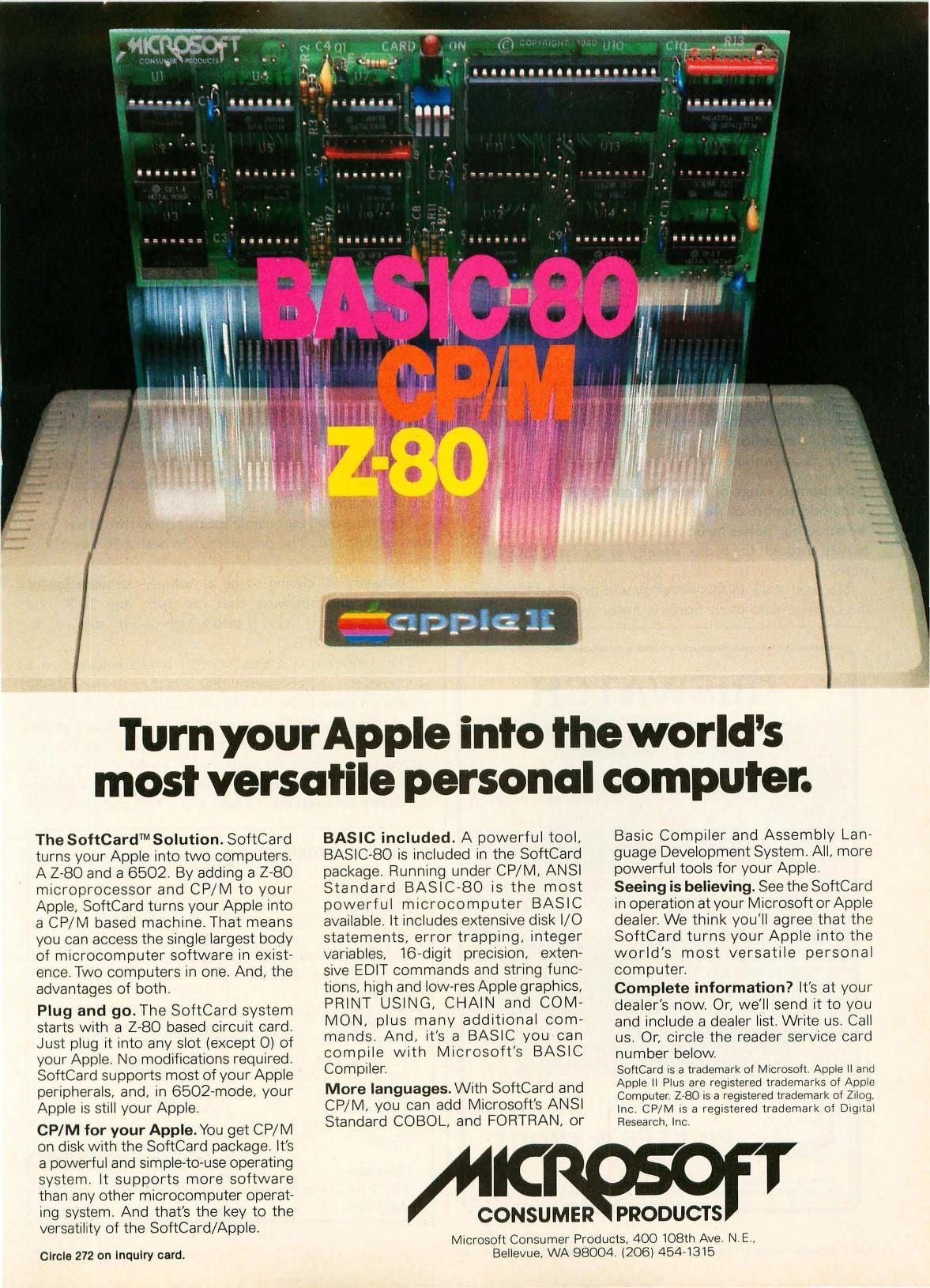
In terms of comparison of performance of the Z80, it's worth noting how zippy these things were compared to their contemporaries at the time. Specifically, I like to compare it to the 16-bit Intel 8088: I spend a lot of my time with early IBM PCs, which came out from 1981. These machines sport a 4.77MHz 8088 CPU which are direct descendants of the 8080 that were created by Faggin.
Numbers-wise buying an original IBM PC, you would get the 8088 (has a 16-bit internal bus, with an 8-bit data bus), you would expect these machines to operate faster than the 2.5MHz original Z80s, or even the Z80A at 4MHz.
In most cases, it is clear that due to the optimisations in the instruction set, the Z80 actually operates faster. Ultimately, IBMs choice to choose a 16-bit architecture over an 8-bit one paid off in the years to come, however
the pace of the original PC, XT, and even in some cases, the early AT with the 80286 processor, was surpassed by the Z80 in the early 80s.
Pricing wise, Z80 computers, compared to a first generation IBM PC was also pretty astonishing. An IBM PC with a monochome monitor (without graphics capabilities) would cost at least $2000 in late 1981. A Z80 machine like a ZX Spectrum could be hooked up to your TV screen and your dad's tape deck and cost you $99.95 in July of 1982 and provide you hours of fun with graphics and sounds that would keep many people very happy!
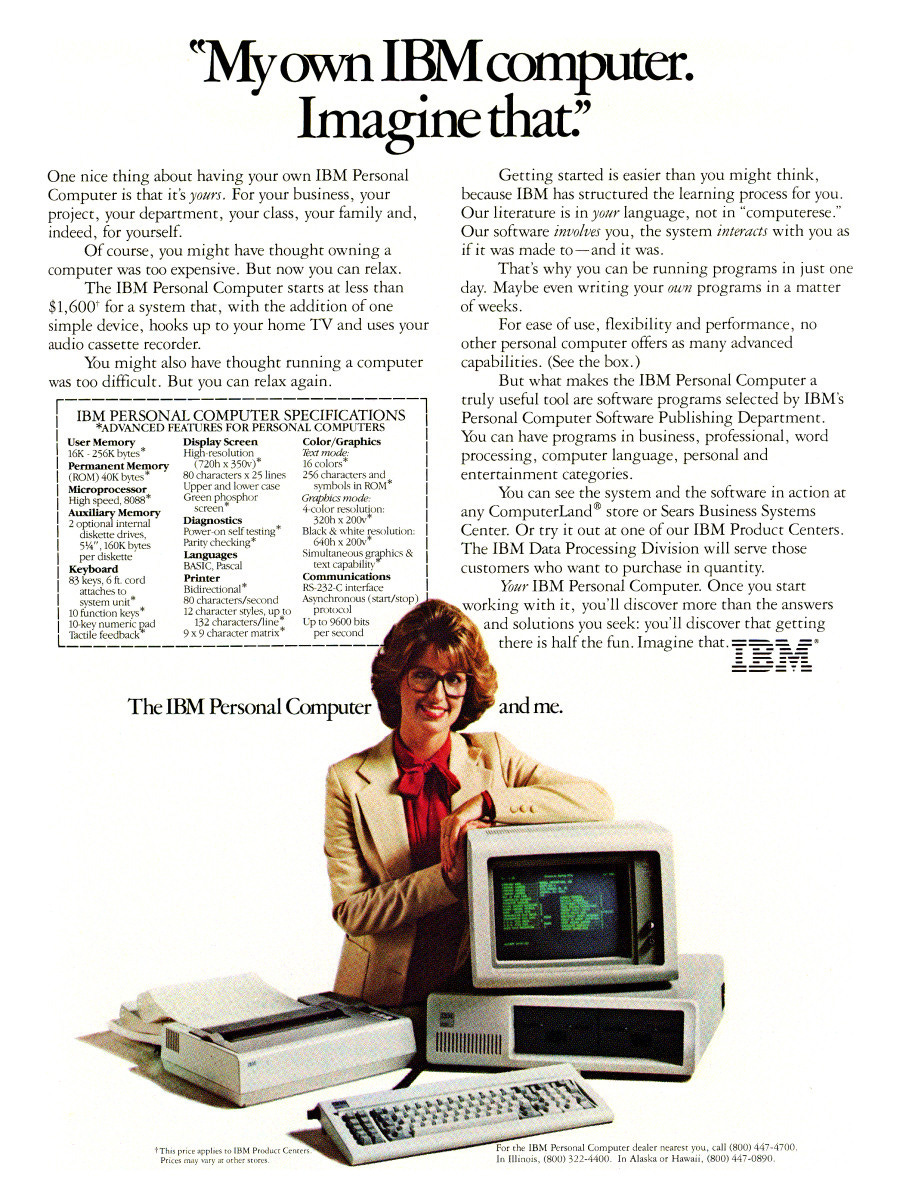
Compared to the other popular 8-bit CPU, the MOS 6502; on paper, it would look like the 6502 would beat the Z80, but in many operations, the Z80 was up to 20% faster, which sparked a great deal of debate between Apple and Tandy or BBC and Amstrad owners over the years!
One thing that is surprising is the fact that the Z80 didn't end up in even more machines than it did, and potentially more surprising, is that Intel didn't sue Zilog for producing something that was basically an 8080 on steroids!
The Z80 has still remained on sale as the 20 Mhz Z84C00 chip through to 2024. The reason for this is mainly because of the designers of integrated systems still having familiarity with the Z80 chip. Even though many embedded chip systems provide way more power than the Z80, The Z80 is perfectly capable when extra horsepower isn't required. Why re-invent the wheel when something just works?
CONCLUSION
Zilog would go on to make a follow-up chip in early 1979 which was 16-bit (the Z8000). Although designed by Shima (and also Bernard Peuto), it was not backwards compatible with the Z80, which perhaps was a stumbling block for its success, as it was released around the same time as Intel's true 16-bit 8086 CPU.
By 1980, Exxon bought Zilog outright and subsequently went through a series of mergers and acqusitions through the years ending up in the sale to Littelfuse in 2017 for $750 million in cash and stocks.
After the sale to Exxon, Federico Faggin was ready to start his next chapter, leaving Zilog behind to form Synaptics, which went on to create the touchpad technology that we know today in most laptops, as well as the click-wheel on iPods and touch sensors on Android phones as well as fingerprint sensors.
Faggin himself was awarded the National Medal of Technology and Innovation in 2010, which is the highest honour that the United States provides relating technological achievements.
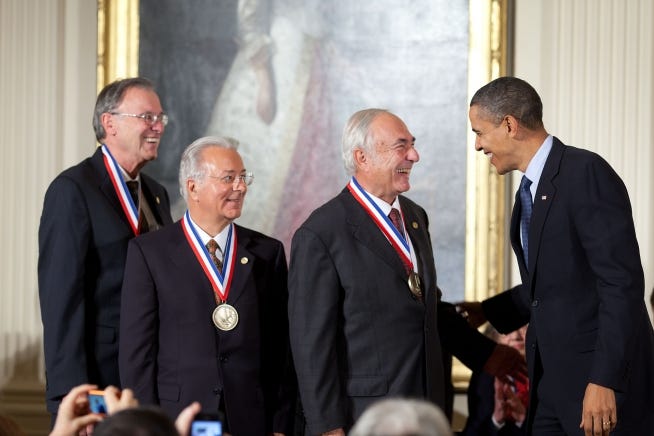
Effectively the company that now own Zilog state that their third party suppliers at the Wafer Foundry are unwilling to produce the 4 micron die silicon wafer any more. This makes sense though, there's likely nobody buying enough volume of these chips to justify keeping an old 4 micron plant running any more, when they could make more money from more modern dies.
It's worth pointing out that the Z80 does not end fully here. The end of life notice applies to the entire Z84C00 range, so the 'original' Z80 and peripheral chips.
The eZ80 is a modern-day binary-compatible remix of the Z80 which is a system-on-a-chip solution which has many more bells and whistles and will continue to be in production, so if you're building something new, chances are, you can still make something that will work for Z80 technology just fine.
In the year after the Z8000 was released, IBM decided to enter the personal computer market with the IBM PC. If it wasn't for IBM's choice (for better or for worse) to choose to go with Intel to power the IBM PC all those years ago, Zilog might have been a keen competitor to win the top spot in the CPU manufacturers and go on to have a very successful future with the Z8000 and beyond, but as it was, the company's heyday was the Z80, and I guess it still is, with the continued application of the eZ80 in embedded systems around the world to this very day.
So, let's salute this great little processor, for many of us, it brought us much in the way of joy as children, or even in the workplace. It was a cornerstone in bringing down the cost of the integrated circuit market, helping kickstart the journey that would effectively see computers in every home, every workplace and every pocket.
LINKS & CREDITS
z80 Visual Remixer: https://floooh.github.io/visualz80remix/
Oral History Panel on the Development and Promption of the Zilog Z8000 Microprocessor (CHM Ref X4022.2007):
https://archive.computerhistory.org/resources/access/text/2015/06/102658075-05-01-acc.pdf
Wikipedia, Zilog Z80: https://en.wikipedia.org/wiki/Zilog_Z80
Wikipedia, Z80-based Home computers:
https://en.wikipedia.org/wiki/Category:Z80-based_home_computers
Music by:
Onky ("Back to the BBS")
Aries Beats (various)



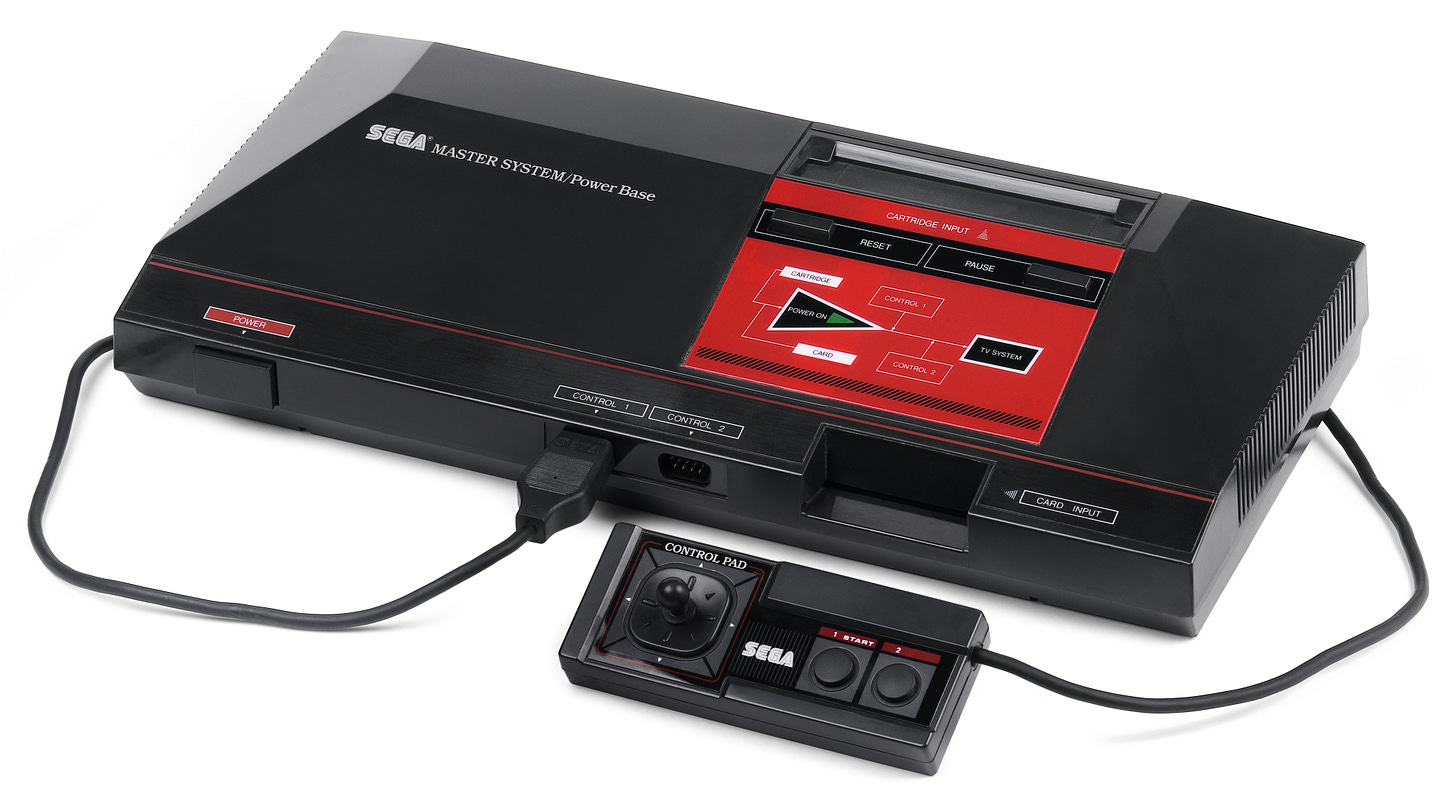
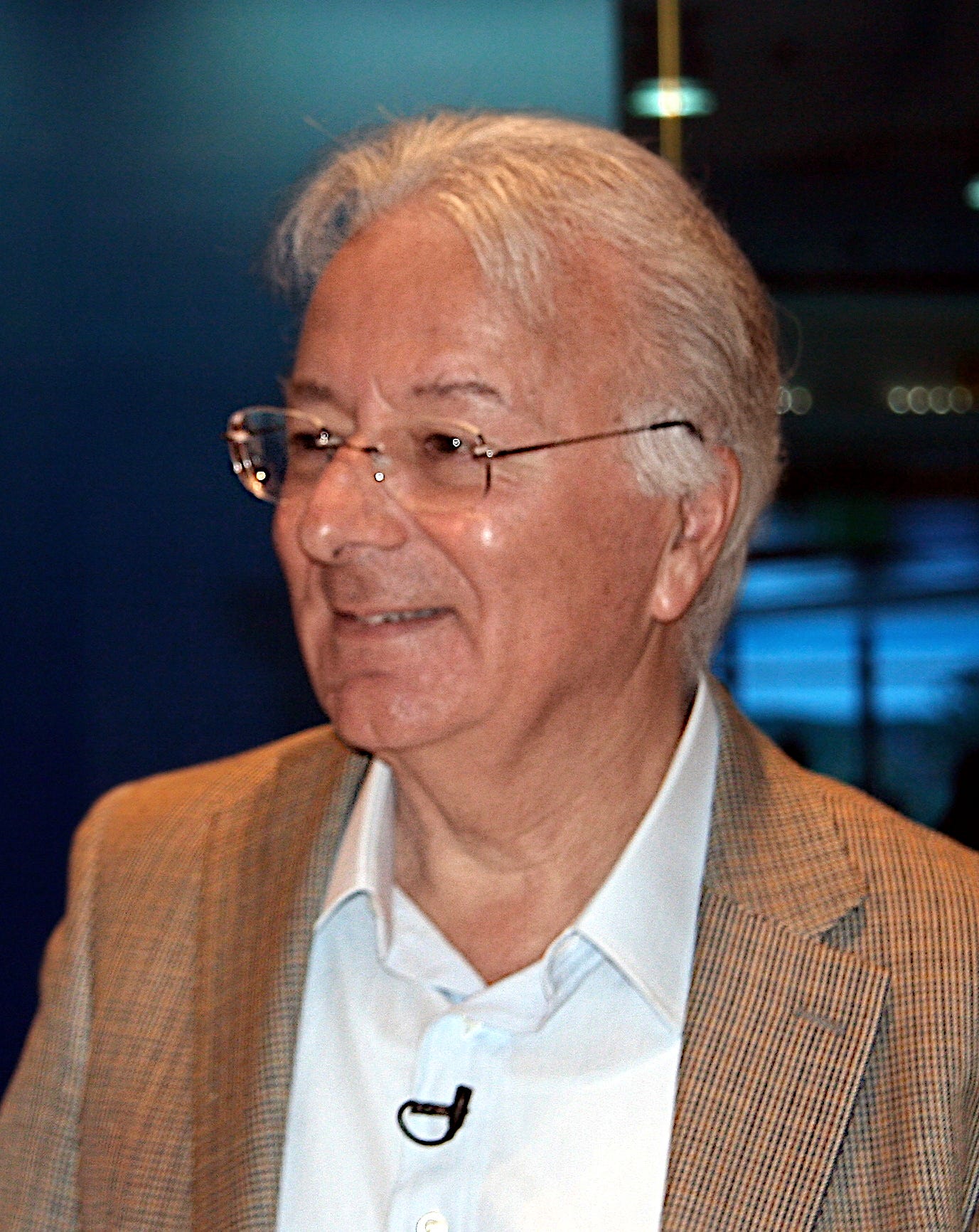
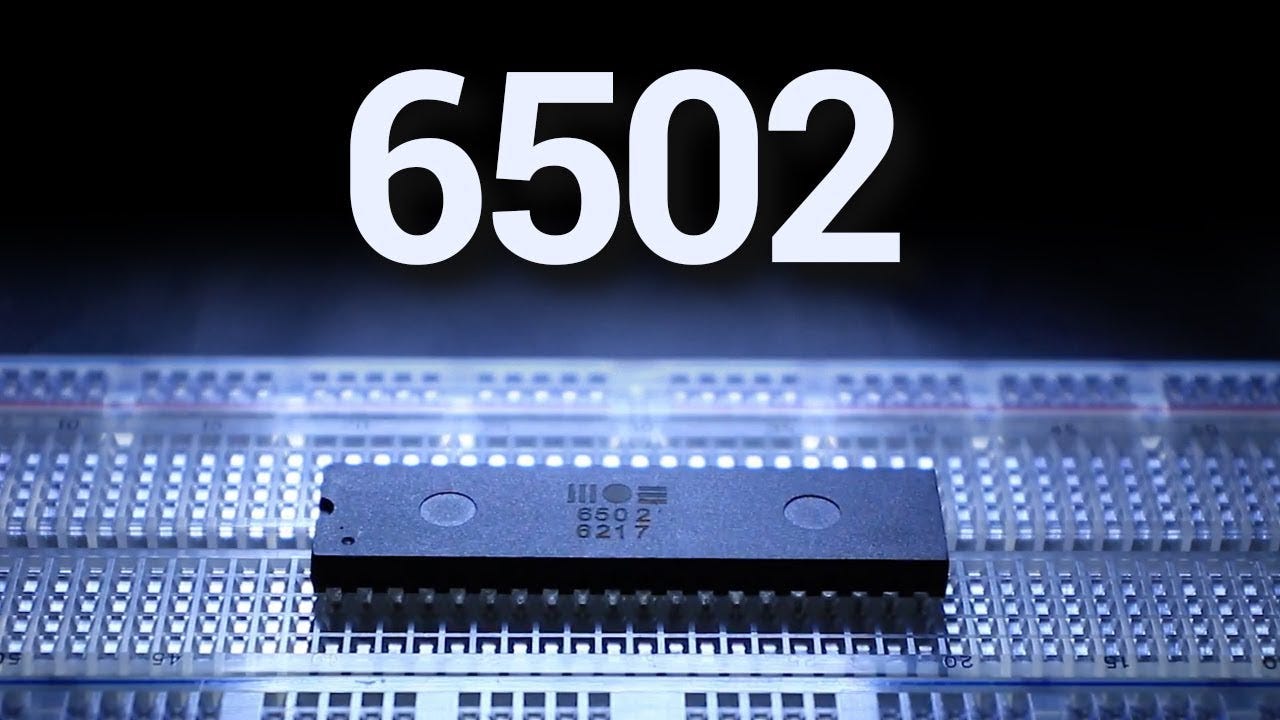
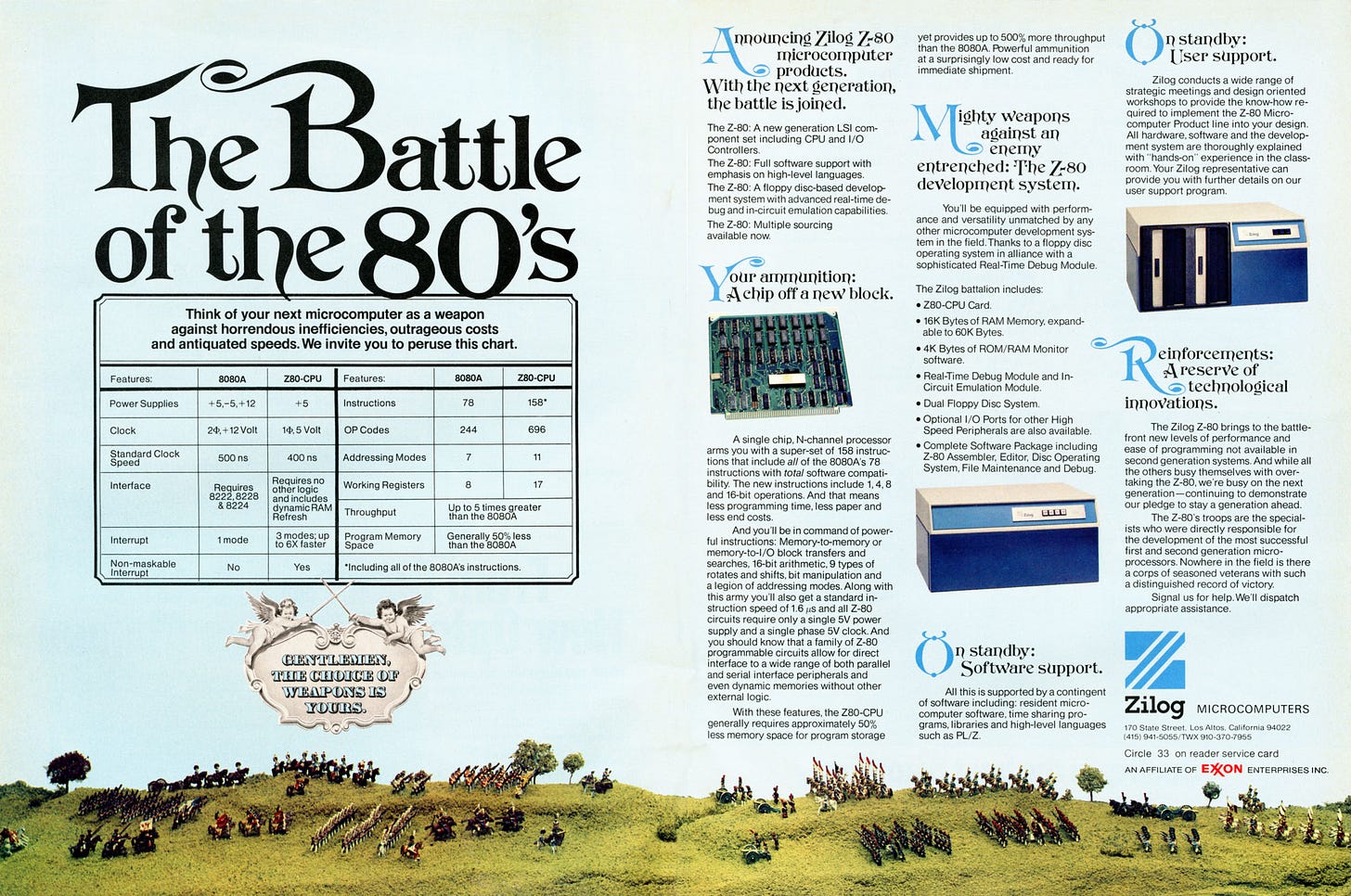
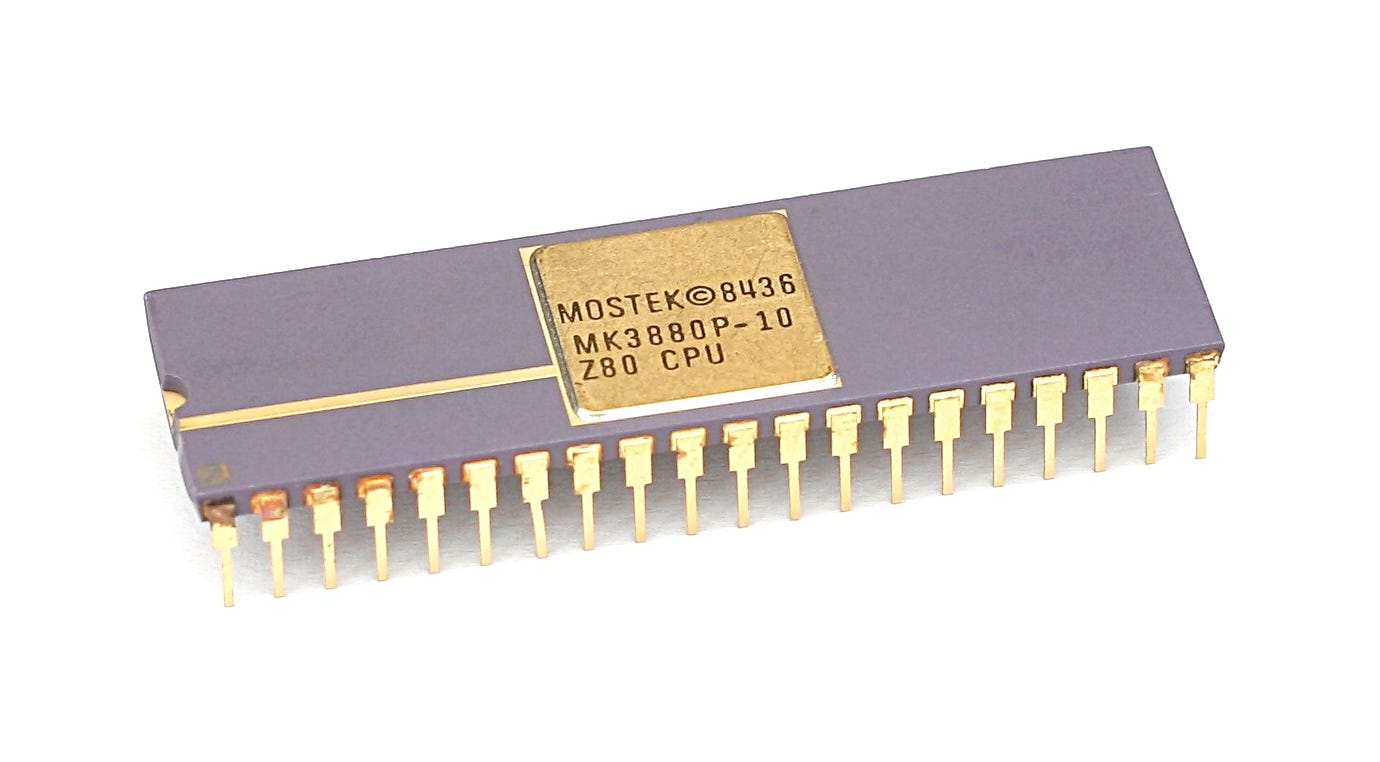
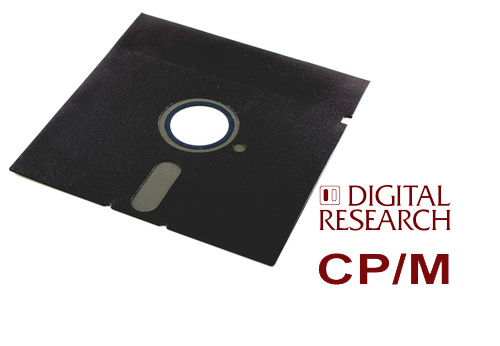
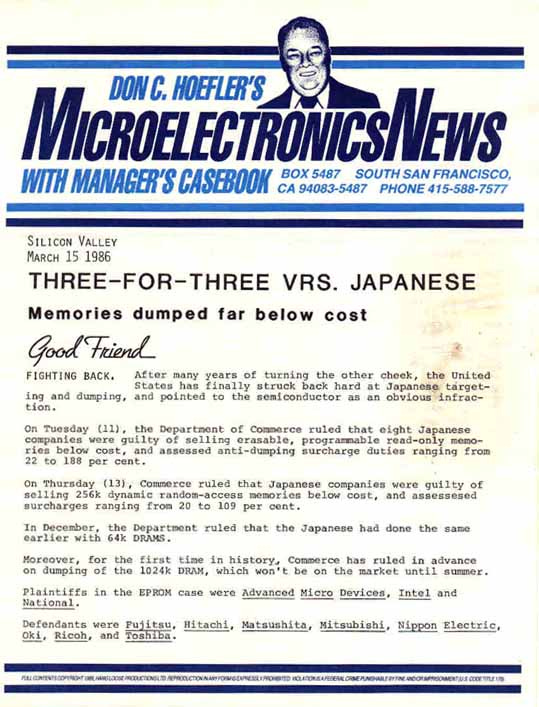
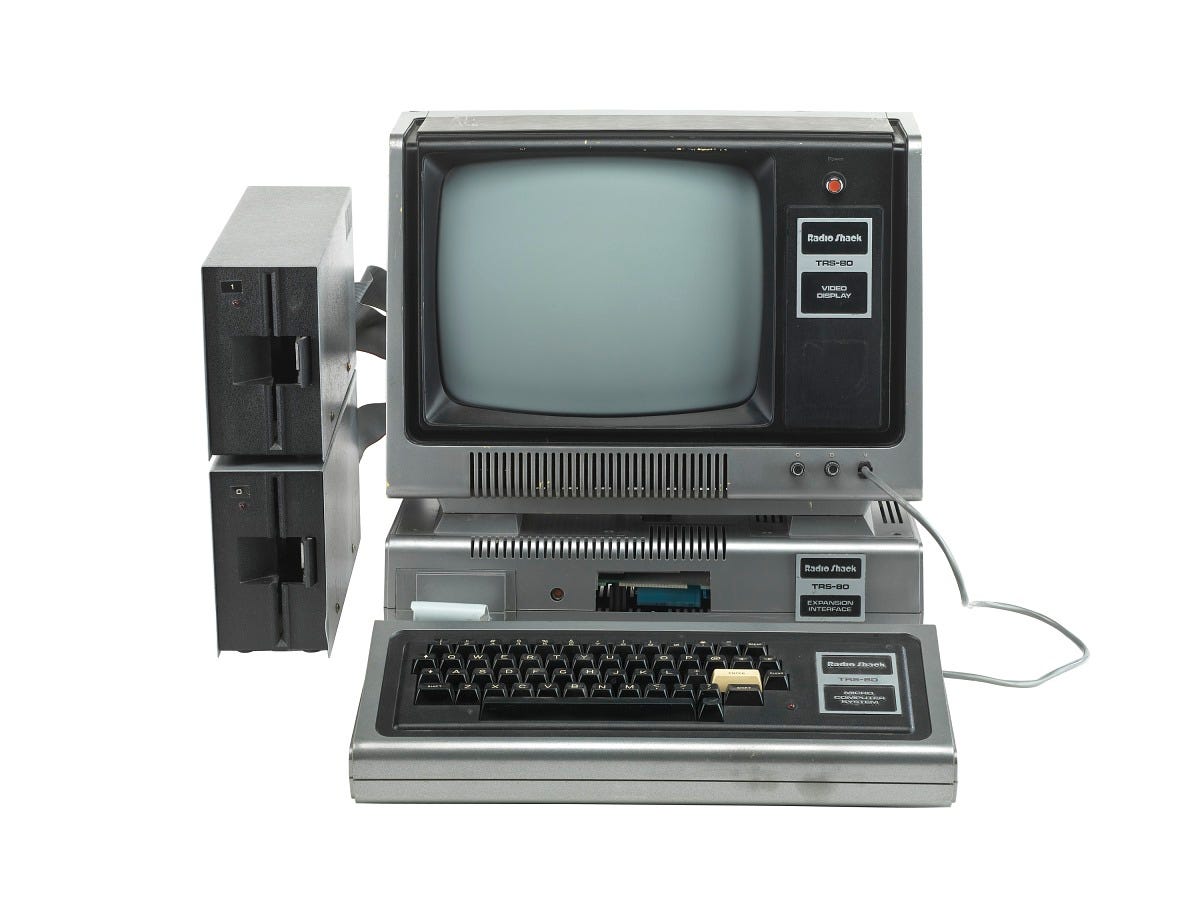
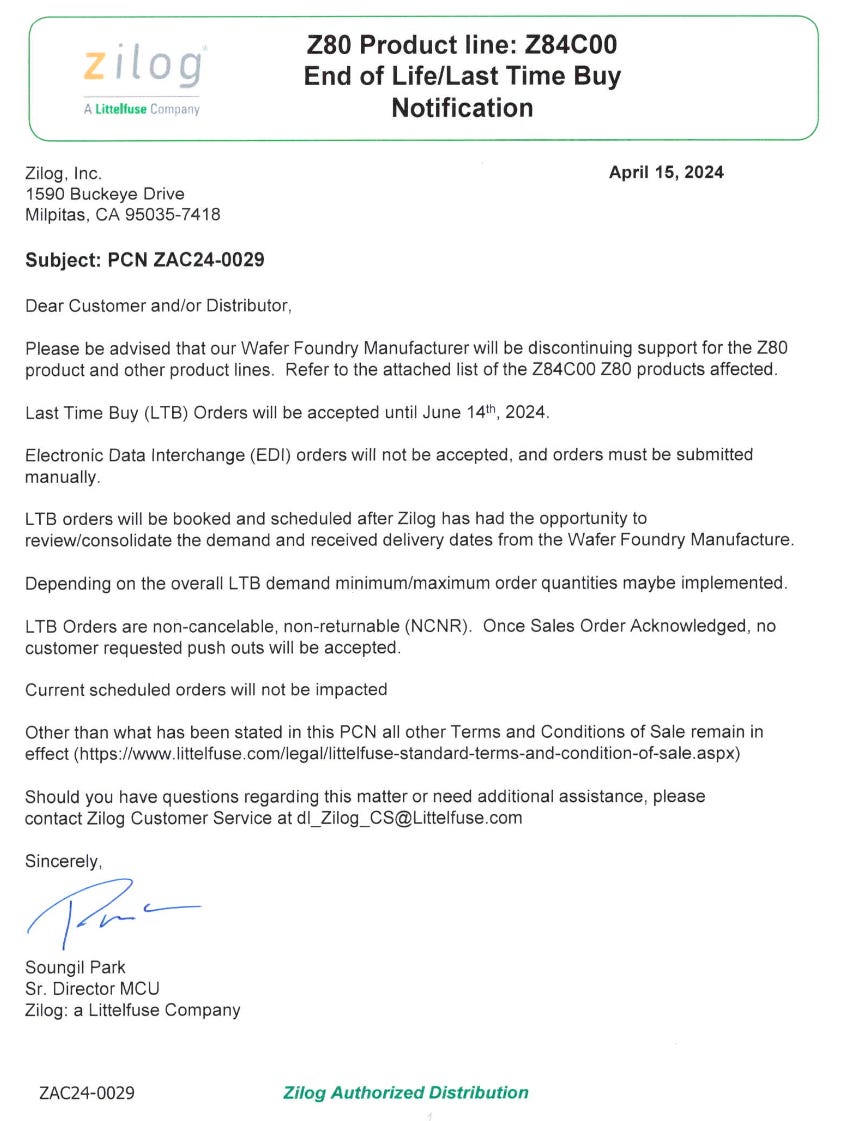
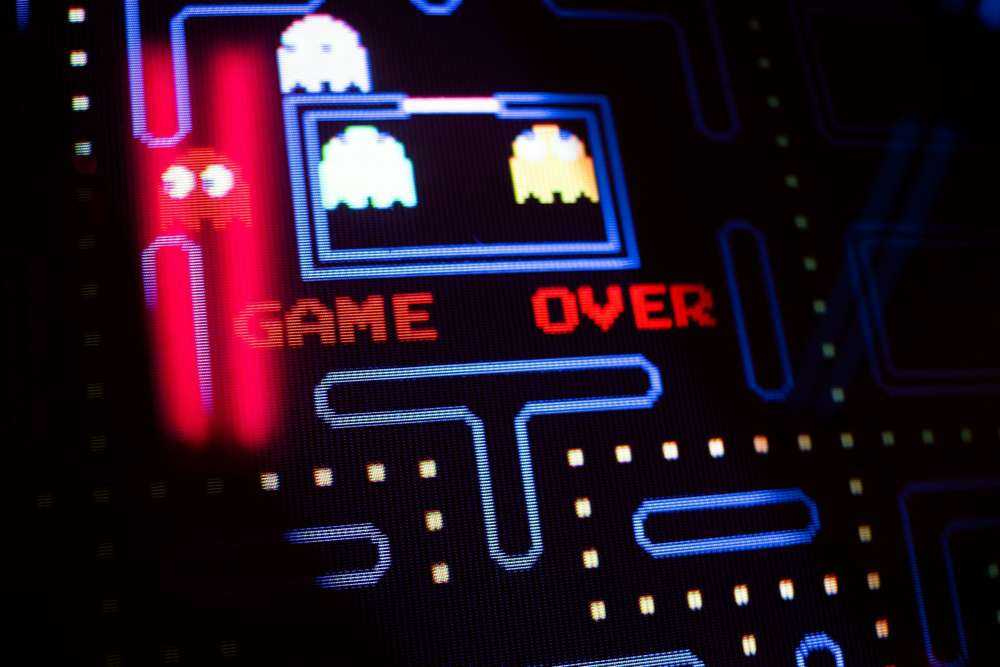





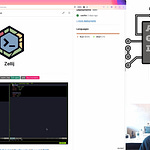



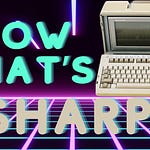






We salute you, Z80 CPU!